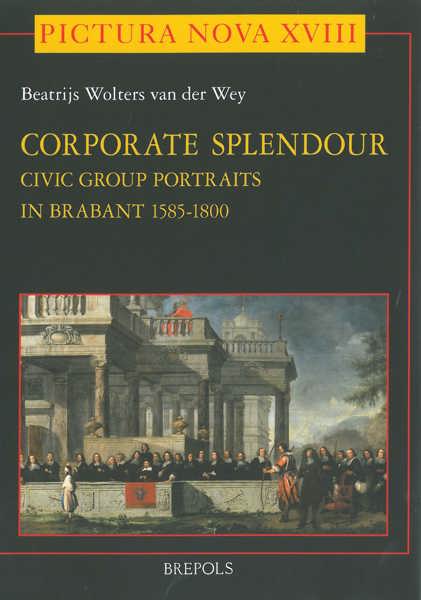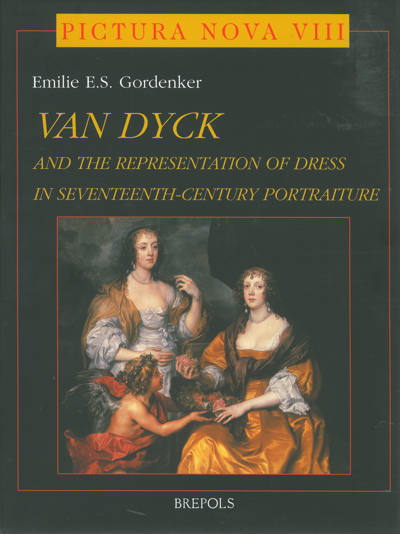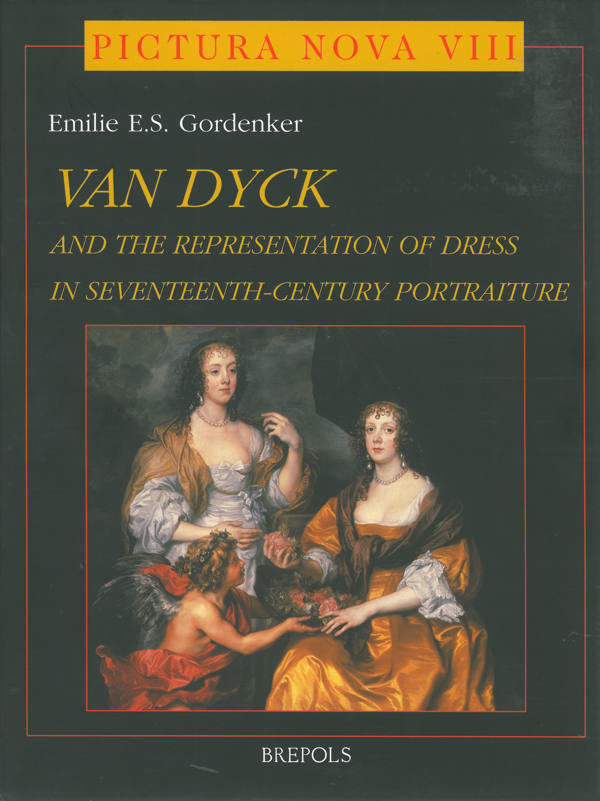
Van Dyck and the Representation of Dress in Seventeenth-Century Portraiture
E. Gordenker
- Pages: 297 p.
- Size:190 x 250 mm
- Illustrations:100 b/w, 16 col.
- Language(s):English
- Publication Year:2002
- € 55,00 EXCL. VAT RETAIL PRICE
- ISBN: 978-2-503-50880-1
- Hardback
- Available
This book shows that an understanding of dress can offer a new way of revealing the associations and ideals that a portrait may have projected, and that the history of costume provides a unique set of tools with which to analyse the creativity and contributions of Van Dyck.
"But this book represents the first full-scale examination of the subject. ...for those primarily interested in the artist, it represents a rewarding and enlightening piece of reserarch." (C. White, Historians of Netherlandish Art Newsletter, 19.1 (2002)
"As too little information is available on dress in seventeenth-century Britain, this thoughtprovoking account is a welcome addition, and one that calls into question much that has previously been taken for granted." (K. Hearn in Costume Society, vol.37, 2003)
"The author has done a great service in clarifying the wide seams between actual and represented dress in seventeenth-century portraiture." (J. Marciari Alexander in The Burlington Magazine, CXLVI, January 2004, p.33)
Anthony Van Dyck (1599-1641) introduced a new type of costume in his portraits during his second English period (1632-1641), one that blurred the margins of fact and fancy. He used costume to forge a complex and memorable image of his English patrons, the Caroline courtiers, one that captured their ideals and yet had resonance for many years after his death. Van Dyck established new conventions for the representation of dress in portraits that held sway until the end of the seventeenth century. Later generations of English, Dutch, and French painters, used Van Dyck´s innovations as a touchstone for a new manner of dressing sitters, one that was partially fictional, and much more casual and unbuttoned than had ever been represented before. This book shows that an understanding of dress can offer a new way of revealing the associations and ideals that a portait may have projected, and that the history of costume provides a unique set of tools with which to analyze the creativity and contributions of Van Dyck.




